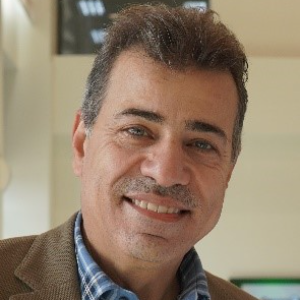Title : Effect of projected temperature change on Ambient air dispersion patterns - A case study from Eastern, Saudi Arabia
Abstract:
Air dispersion models such as AERMOD and CALPUFF are frequently used by scientists and engineers for assessing the environmental impacts of air pollutants’ emissions from man-made activities. This is achieved via linking the release of pollutants from emission sources to the corresponding concentration levels in the ambient air around the sources. The predictions of air pollution patterns by these models are closely associated to the climate conditions including: air temperature, wind speed and direction, humidity, rainfall rates… etc. The climate conditions change due to the global warming phenomenon will most likely have an affect the dispersion patterns of air pollutants result from air dispersion models. Therefore, the main objective of this work is to investigate the effect of proposed air temperature change on the dispersion of sulphur dioxide (SO2) using AERMOD model. To achieve this goal, emissions from five (5) industrial stacks, on twenty-eight (28) receptors in the study area (i.e. Dammam, Saudi Arabia) were considered for the period from 2010 to 2019 and future period of mid-century of 2040 to 2060 under different scenarios of elevated temperature profiles (i.e. +1oC, +3oC and +5oC) across averaging time periods of 1hr, 4hr and 8hr. The comprehensive literature search did not reveal any similar research in the selected study area. Results also revealed that the projected temperature increases of 1, 3 and 5oC lead to increase the modelled levels of SO2 concentration by 0.04%, 0.14%, and 0.23% respectively. Results of the study showed that the modelled levels of SO2 at the receiving sites under current and simulated future climactic condition still fall within the allowable limit of WHO and KSA air quality standards. The outcome of this work elucidates the degree of the effects of global warming and climate change on air quality and can help the policy makers in their decision-making, given the significant health challenges associated with ambient air pollution in Saudi Arabia.
Audience Take Away:
Audience will be able to understand the effect of global warming on air dispersion models
Audience will acknowledge the effect of predicted elevated temperatures on air dispersion models and take it into account when running AD models in the future


